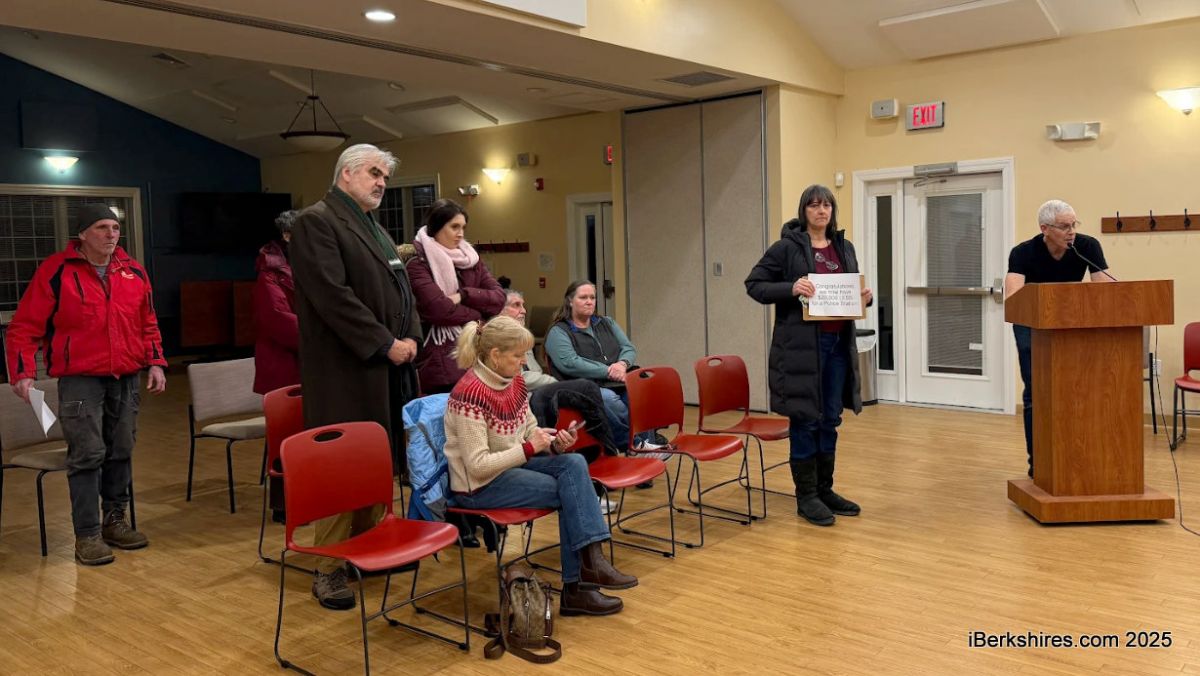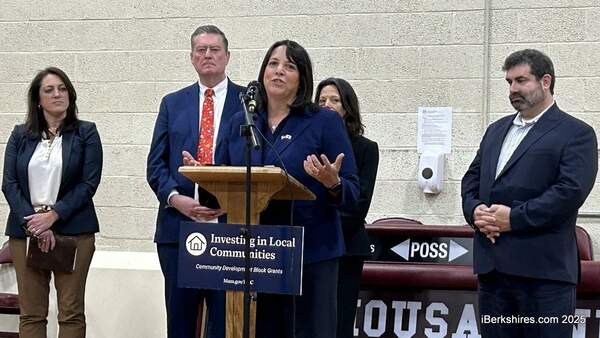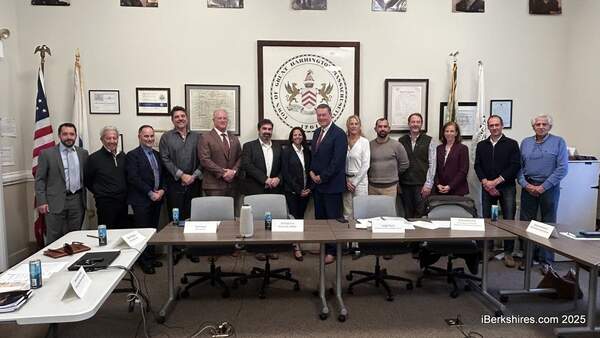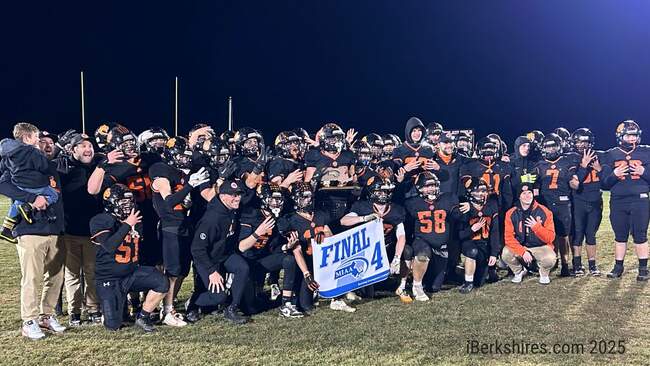Jacob's Pillow Names Dance Award Recipient
 |
BECKET, Mass. — Ronald K. Brown has been named the recipient of the 2020 Jacob’s Pillow Dance Award.
An advocate for the growth of the African American dance community for more than 30 years, Brown creates works that show audiences “the evidence of themselves and the evidence of our human condition,” and tells stories of human struggles, tragedies, and triumphs.
Brown will be honored at "Dance We Must: A Virtual Event Supporting Jacob’s Pillow," streamed free online on Saturday, June 20, at 7 p.m. Audiences are invited to celebrate Brown virtually at a post-show dance party immediately following Dance We Must. RSVP required, event details can be found online.
"I'm honored beyond measure for this recognition from Jacob's Pillow Dance Festival. I still remember all of the times Evidence has premiered works at the Pillow, especially our first, Dirt Road, in 1994 and most recently New Conversations: Iron Meets Water in 2018," Brown said. "I often tell students and mentees to 'work for the sake of the work, and not for the sake of the goal', and to find gratitude in every opportunity to share your purpose."
Jacob’s Pillow Executive and Artistic Director Pamela Tatge said it was "an honor" to call Brown and tell him of the news.
"Ron is an artist of great power who is being recognized for his vision and a signature vocabulary that is deeply grounded and visceral while also highly spiritual and transcendent," she said. "In all of his works, Ron is there: a radiant human being who is deeply dedicated to dance as a means of transformation and action. I couldn’t be more excited that he will be receiving this award."
Brown was 19 when he created a solo called Evidence, a work which embodied the philosophical basis of his choreography and company. Founded in 1985 and based in Brooklyn, Evidence, A Dance Company focuses on the seamless integration of traditional African dance with contemporary choreography and spoken word. Brown uses movement as a way to reinforce the community in African American culture and to acquaint audiences with the beauty of traditional African forms and rhythms. Evidence has traveled to Cuba, Brazil, England, France, Greece, Hungary, Ireland, Mexico, Senegal, Nigeria, South Africa, and Canada to perform, teach master classes, and conduct lecture/demonstrations for individuals of all ages, reaching an audience of more than 25,000 people annually.
Today, Brown is one of the most sought-after choreographers, and has created more than 100 works for his own dance company Evidence, in addition to companies like Alvin Ailey American Dance Theater, Cleo Parker Robinson Dance Ensemble, PHILADANCO, and Ballet Hispánico, among others. The subject of his work varies from the depiction of a Goddess’ journey to Earth to spread grace among humans (Grace, 1985; and a call to fight for peace inspired by music and sociopolitical legacies of artist/activists Nina Simone and Fela Kuti (Come Ye, 2002); to a soulful, uplifting dance set to Afro-Cuban jazz music by GRAMMY-Award winning Arturo O’Farrill (New Conversations: Iron Meets Water, 2018).
Notable dance artists that have performed with Brown’s company include Camile A. Brown, Shani Nwando Ikerioha Collins, Evidence’s current Rehearsal Director Annique Roberts, current Assistant Rehearsal Director Keon Thoulouis, and current Associate Artistic Director Arcel Cabaug.
Tags: jacobs pillow,
















